New Hampshire, located in the northeastern region of the United States, is a state known for its stunning natural beauty, charming small towns, and vibrant cities. With its picturesque coastline, towering mountains, and bustling urban centers, New Hampshire offers a unique blend of nature and culture. To help visitors and residents navigate this beautiful state, we have created a detailed map of New Hampshire with cities and highways.
This road map highlights New Hampshire’s major cities, including Manchester, Nashua, Concord, and Portsmouth, as well as its primary highways and roads. Whether you’re planning a road trip or simply want to explore New Hampshire’s unique landscape and culture, this map is an essential tool. So, grab your map and get ready to discover all that New Hampshire has to offer, from its world-renowned ski resorts to its charming small towns and everything in between.
Printable New Hampshire Map With Cities and Highways

Cities
Manchester
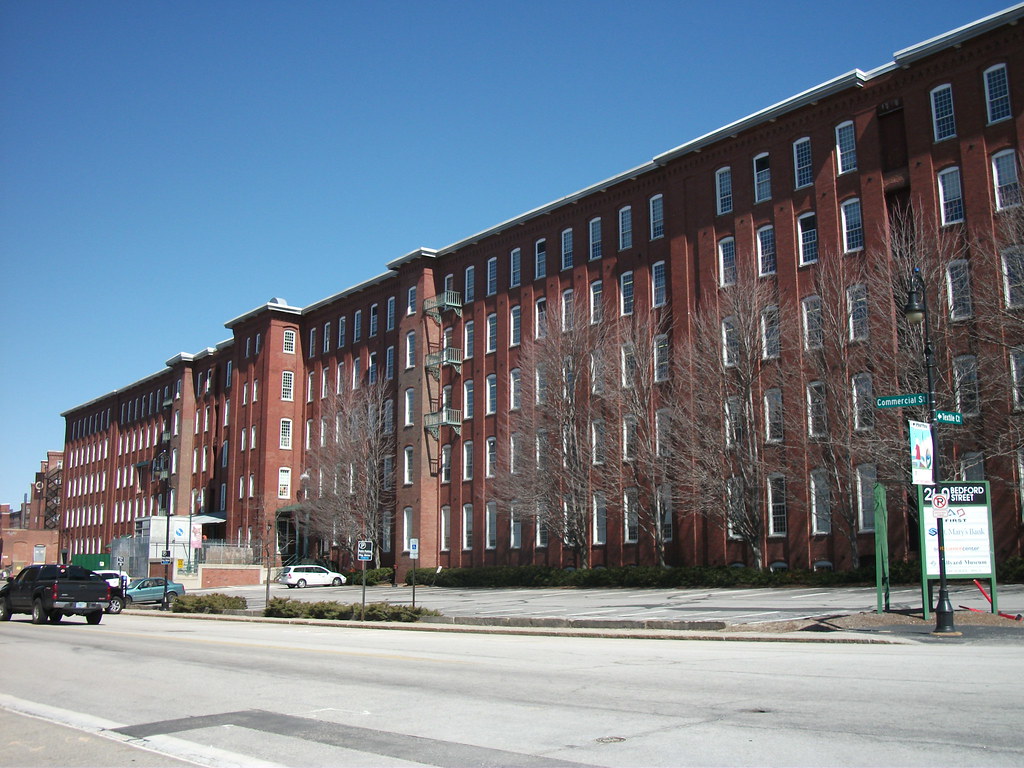
Manchester is the most populous city in northern New England, encompassing Maine, New Hampshire, and Vermont. According to the 2020 census, the city had a population of 115,644. Along with Nashua, Manchester is one of two seats of New Hampshire’s most populous county, Hillsborough County.
Located near the northern end of the Northeast megalopolis, Manchester straddles the banks of the Merrimack River. The city was named by merchant and inventor Samuel Blodgett, who envisioned creating a great industrial center similar to the original Manchester in England, the world’s first industrialized city.
The Amoskeag Manufacturing Company’s mill yard complex in Manchester is considered a remarkable manifestation of American industrial history and urban design, with New York Times architecture critic Ada Louise Huxtable calling it an “acknowledged monument” in her 1968 article Manchester, NH: Lessons in Urbicide. Overall, Manchester is a vibrant city with a rich industrial history and a thriving community.
Nashua

Nashua is a city located in southern New Hampshire, with a population of 91,322 according to the 2020 census. It is the second-largest city in northern New England after nearby Manchester and, along with Manchester, is a seat of New Hampshire’s most populous county, Hillsborough.
While the city was initially built around the now-departed textile industry, its economy has shifted to the financial services, high-tech, and defense industries in recent decades, as part of the economic recovery that started in the Greater Boston region in the 1980s. Nashua is home to several major private employers, including Nashua Corporation, BAE Systems, and Teradyne, as well as two major regional medical centers, Southern New Hampshire Medical Center and St. Joseph Hospital.
The South Nashua commercial district is a major regional shopping destination that lies directly on the Massachusetts border and takes advantage of New Hampshire’s lack of sales tax. Nashua is also known as “Gate City” due to its reputation as a travel gateway between the Boston region and New Hampshire, with several civic groups and institutions adopting the title. Overall, Nashua is a flourishing city with a diverse economy and a strong sense of community.
Concord
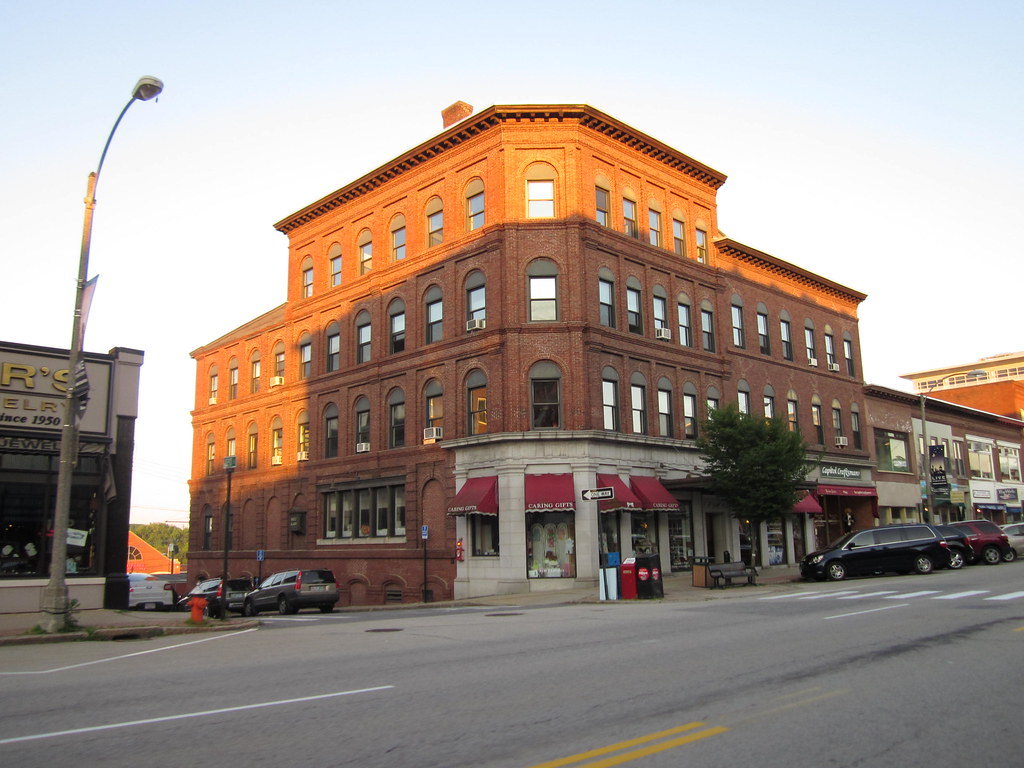
Concord is the capital city of New Hampshire and the seat of Merrimack County. As of the 2020 census, the population was 43,976, making it the third-largest city in New Hampshire behind Manchester and Nashua. The city was named by Governor Benning Wentworth in 1765 following a boundary dispute with the neighboring town of Bow, with the name signifying the new concord or harmony between the two towns.
Concord was first settled in 1659 and was granted as the Plantation of Penacook by the Province of Massachusetts Bay in 1725. It was incorporated as “Rumford” in 1734 and was named the official seat of state government in 1808. The city is centered on the Merrimack River and consists of its downtown, four villages, and several neighborhoods.
Concord is home to several major educational institutions, including the University of New Hampshire School of Law, St. Paul’s School, and NHTI. The city’s top employer is the State of New Hampshire, and the largest private employer is Concord Hospital. Concord is served by two main interstate highways, I-89 and I-93, and general aviation access is via Concord Municipal Airport. The Boston and Maine Railroad historically served the city, but there has been no passenger rail service to Concord since 1981.
Derry
Derry is a town located in Rockingham County, New Hampshire, with a population of 34,317 according to the 2020 census. Although it is a town and not a city, Derry is the most populous community in Rockingham County and the fourth most populous in the state. The town’s nickname, “Spacetown,” derives from the fact that Derry is the birthplace of Alan Shepard, the first astronaut from the United States in space.
Derry was also the home of poet Robert Frost and his family for a time. The Derry census-designated place, with a population of 22,879 as of 2020, occupies the central part of the town, extending from Derry’s downtown in the west to the town of Hampstead in the east. The town also includes the village of East Derry. Overall, Derry is a charming town with a rich history and a strong sense of community.
Dover
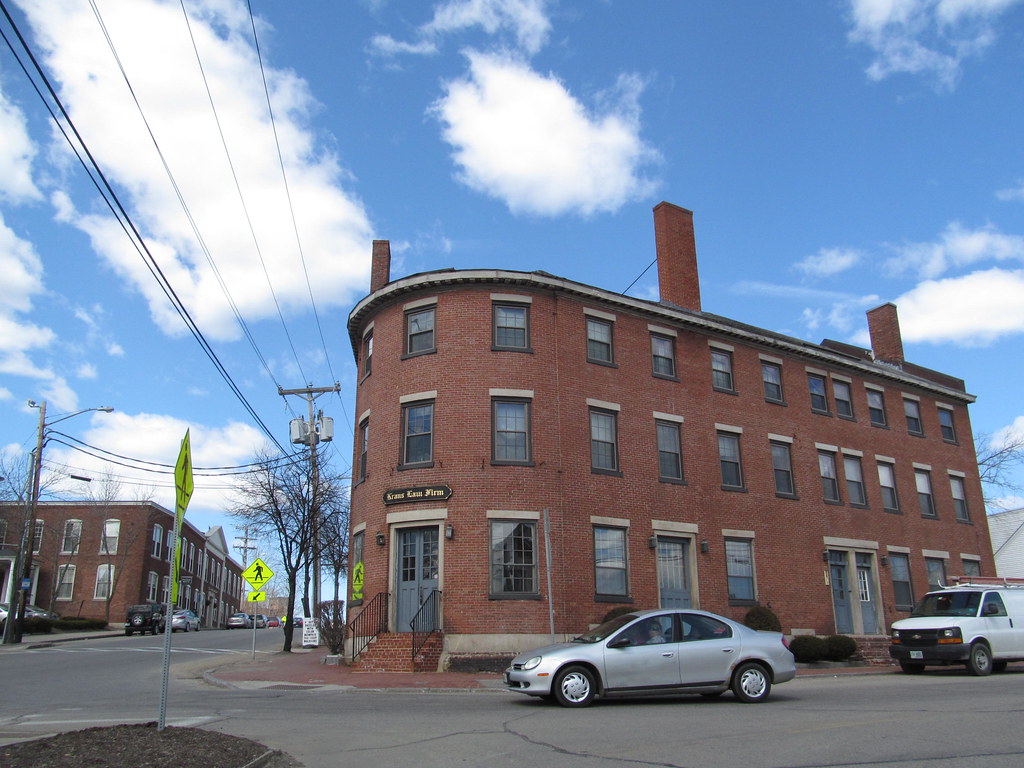
Dover is a city located in Strafford County, New Hampshire, with a population of 32,741 according to the 2020 census. It is the largest city in the New Hampshire Seacoast region and the fifth-largest municipality in the state. Dover is also the county seat of Strafford County and home to several significant cultural institutions, including the Wentworth-Douglass Hospital, the Woodman Institute Museum, and the Children’s Museum of New Hampshire.
The city has a rich history dating back to the 17th century, with many historic buildings and landmarks still standing today. Dover is also known for its vibrant arts and culture scene, with numerous galleries, theaters, and music venues throughout the city. Overall, Dover is a welcoming community with a strong sense of history and a commitment to innovation and progress.
Rochester

Rochester is a city located in Strafford County, New Hampshire, with a population of 32,492 according to the 2020 census. The city is home to several distinct villages, including East Rochester, Gonic, and North Rochester, in addition to the downtown area. Rochester is also home to Skyhaven Airport and part of Baxter Lake.
The city has experienced rapid growth in recent years, making it one of the fastest-growing cities in New Hampshire between 2010 and 2020. Rochester is known for its vibrant community and strong sense of history, with many historic buildings and landmarks still standing today.
The city is also home to numerous cultural institutions, including the Rochester Opera House and the Rochester Museum of Fine Arts. Overall, Rochester is a wonderful city with a robust economy and a supportive commitment to community and innovation.
Salem
Salem is a town located in Rockingham County, New Hampshire, with a population of 30,089 according to the 2020 census and an estimated 30,647 in 2022. As the first town along I-93 northbound in New Hampshire, Salem has grown into a regional commercial hub for many nearby Massachusetts towns, anchored by the Mall at Rockingham Park and Tuscan Village.
The town is also home to Canobie Lake Park, a large amusement park, and America’s Stonehenge, a stone structure of disputed origins. Salem has been named on Money magazine’s “Best Places to Live 2020” list.
The town is also known for its political history, as it is the former home of Rockingham Park, a horse racetrack, and the Sununu political family, including former New Hampshire governor and White House Chief of Staff John H. Sununu, and his sons John E. Sununu, a former U.S. senator, and Chris Sununu, the current New Hampshire governor. Overall, Salem is a thriving town with a strong economy and a wide range of cultural and recreational attractions.
Merrimack
Merrimack is a town located in Hillsborough County, New Hampshire, with a population of 26,632 according to the 2020 census. The town is home to four distinct villages: Merrimack Village (formerly known as Souhegan Village), Thorntons Ferry, Reeds Ferry, and South Merrimack.
Each village has its distinctive character and charm, with historic buildings and landmarks still standing today. Merrimack is known for its beautiful natural scenery, with numerous parks, trails, and outdoor recreational opportunities available for residents and visitors alike.
The town is also home to several cultural institutions, including the Merrimack Public Library and the Merrimack Historical Society. Overall, Merrimack is a charming town with a strong sense of community and a commitment to preserving its rich history and natural beauty.
Londonderry
Londonderry is a town located in western Rockingham County, New Hampshire, with a population of 25,826 according to the 2020 census. The town sits between Manchester and Derry, the largest and fourth-largest communities in the state. Londonderry is known for its apple orchards and is home to the headquarters of Stonyfield Farm and part of Manchester-Boston Regional Airport.
The more densely settled portion of the town, where 11,645 people lived at the 2020 census, is defined as the Londonderry census-designated place (CDP) and roughly occupies the southeastern and southern parts of the town, around New Hampshire Route 102.
The CDP is home to many of the town’s major businesses and cultural institutions, including the Londonderry School District, the Londonderry Flea Market, and the Londonderry Commons shopping center. Overall, Londonderry is an absorbing community with a great economy and a commitment to preserving its natural landscape and agricultural heritage.
Hudson
Hudson is a town located in Hillsborough County, New Hampshire, with a population of 25,394 according to the 2020 census. The town is situated along the Massachusetts state line and is the tenth-largest municipality in the state by population.
The urban center of Hudson, where 7,534 people resided as of the 2020 census, is defined as the Hudson census-designated place (CDP) and is located at the junctions of New Hampshire routes 102, 111, and 3A, directly across the Merrimack River from the city of Nashua.
The CDP is home to many of the town’s major businesses and cultural institutions, including the Hudson School District and the Benson Park Conservancy. Hudson is known for its beautiful natural scenery, with numerous parks, trails, and outdoor recreational opportunities available for residents and visitors alike. Overall, Hudson is a delightful town with a strong sense of community and a commitment to preserving its natural beauty and small-town character.
Bedford

Bedford is a town located in Hillsborough County, New Hampshire, with a population of 23,322 according to the 2020 census, reflecting a growth of 10% from 2010. The town is a suburb of Manchester, New Hampshire’s largest city. Bedford is known for its beautiful natural scenery, with many parks, trails, and outdoor recreational opportunities available for residents and visitors alike.
The town is also home to several cultural institutions, including the Bedford Historical Society and the Bedford Public Library. Bedford is a thriving community with a strong economy and a commitment to innovation and progress.
The town has experienced significant growth in recent years, with many new businesses and residential developments springing up throughout the area. Overall, Bedford is a wonderful town with a strong sense of community and a beautiful small-town character.
Keene
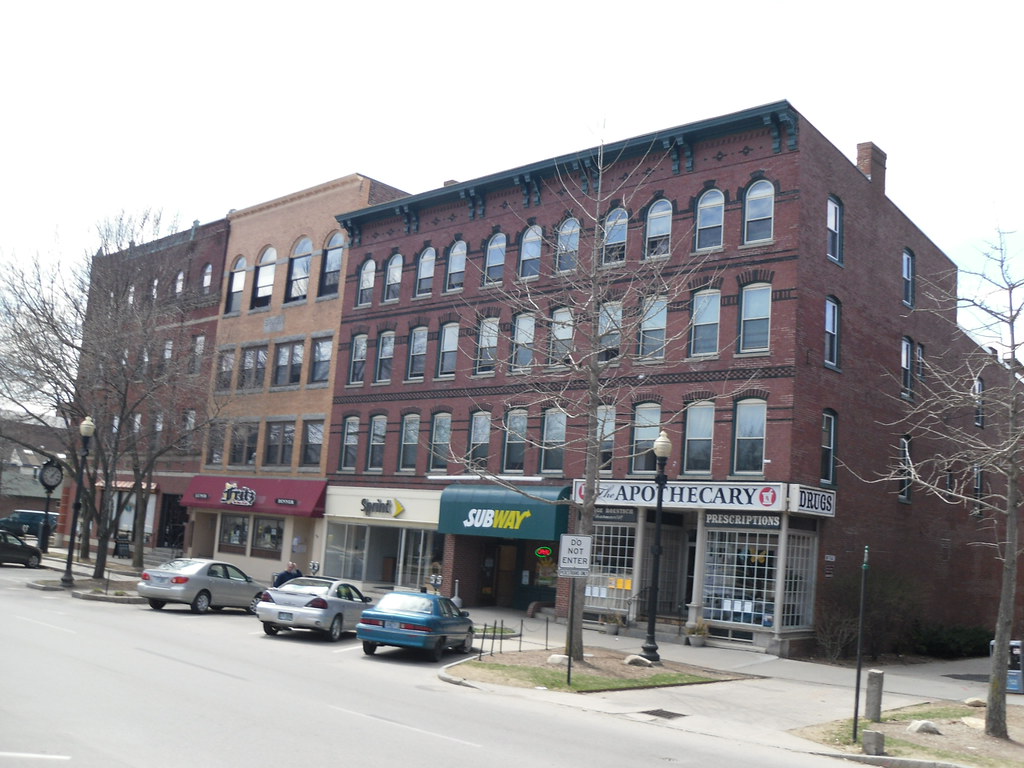
Keene is the only city in and the seat of Cheshire County, New Hampshire, with a population of 23,047 according to the 2020 census, down from 23,409 at the 2010 census. The city is home to two major institutions of higher education, Keene State College and Antioch University New England, which bring a vibrant energy to the community.
Keene is also known for its annual pumpkin festival, which was held from 1991 to 2014 and several times set a world record for the most jack-o’-lanterns on display. The city is home to C&S Wholesale Grocers, one of the largest grocery wholesalers in the United States.
Keene has a rich heritage and a strong commitment to preserving its cultural heritage, with many historic buildings and landmarks still standing today. Overall, Keene is an absorbing city with a robust economy and a pleasing sense of community.
Portsmouth

Portsmouth is a city located in Rockingham County, New Hampshire, with a population of 21,956 according to the 2020 census. The city is a historic seaport and a popular summer tourist destination on the Piscataqua River, bordering the state of Maine. Portsmouth has a rich history dating back to the 17th century, with many historic buildings and landmarks still standing today.
The city is also home to Portsmouth International Airport at Pease, which was formerly the home of the Strategic Air Command’s Pease Air Force Base. Portsmouth is known for its energetic arts and culture scene, with numerous galleries, theaters, and music venues throughout the city.
The city is also home to many excellent restaurants, boutique shops, and other attractions that draw visitors from all over the world. Overall, Portsmouth is a thriving city with a strong sense of community and a commitment to preserving its rich history and natural beauty.
Goffstown
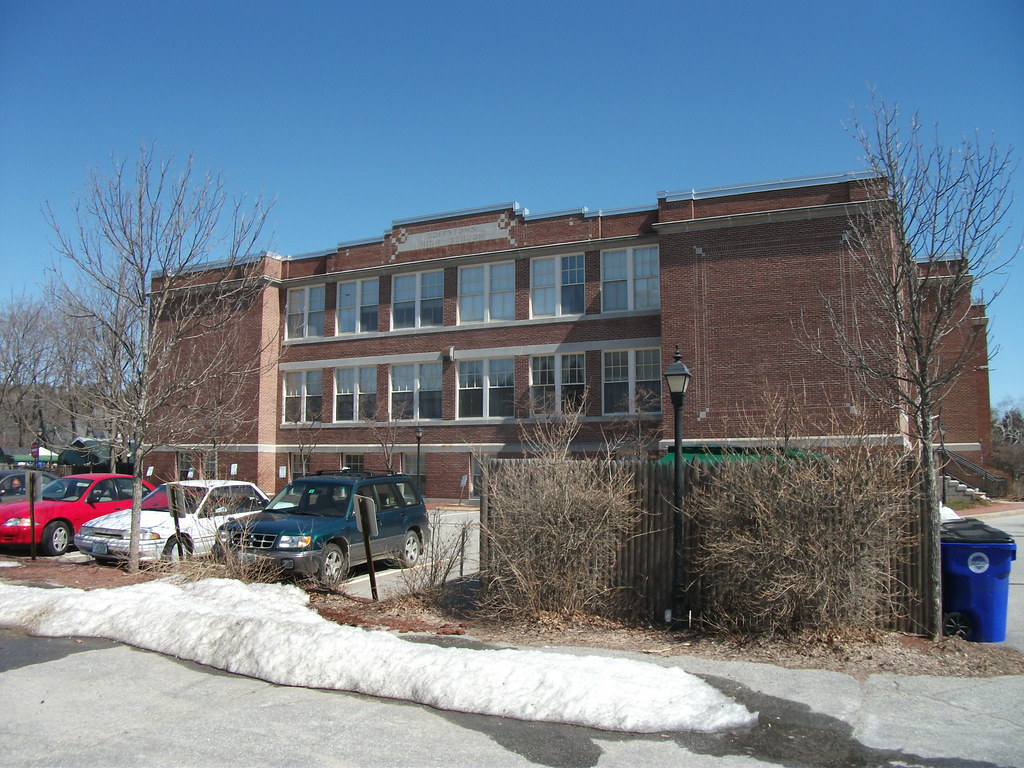
Goffstown is a town located in Hillsborough County, New Hampshire, with a population of 18,577 according to the 2020 census. The compact center of town, where 3,366 people resided at the 2020 census, is defined by the U.S. Census Bureau as the Goffstown census-designated place and is located at the junctions of New Hampshire routes 114 and 13.
Goffstown also includes the villages of Grasmere and Pinardville. The town is home to many cultural institutions, including Saint Anselm College and its New Hampshire Institute of Politics, which bring a buzzing energy to the community. Goffstown is also known for its annual Giant Pumpkin Regatta, a unique event that draws visitors from all over the region.
The town was the location of the New Hampshire State Prison for Women before the prison’s relocation to Concord in 2018. Overall, Goffstown is a marvelous town with a strong sense of friendliness, natural beauty, and small-town character.
Laconia
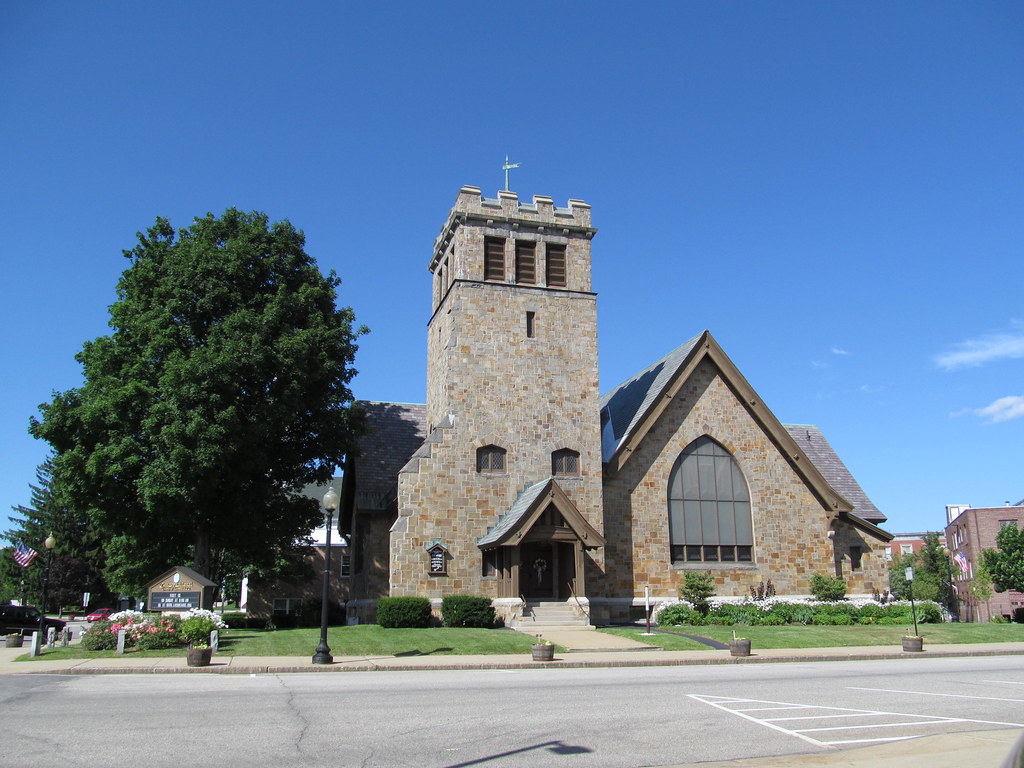
Laconia is a city located in Belknap County, New Hampshire, with a population of 16,871 according to the 2020 census, up from 15,951 at the 2010 census. The city is the county seat of Belknap County and is situated between Lake Winnipesaukee and Lake Winnisquam, including the villages of Lakeport and Weirs Beach.
Laconia is a popular destination for outdoor enthusiasts, with numerous parks, trails, and water activities available for residents and visitors alike. Each June, the city hosts Laconia Motorcycle Week, one of the country’s largest rallies, which draws thousands of bikers from all over the world.
Laconia is also home to many cultural institutions, including the Belknap Mill and the Laconia Historical and Museum Society. Overall, Laconia is a vibrant city with a strong sense of community and a commitment to its natural beauty and rich heritage.
Hampton
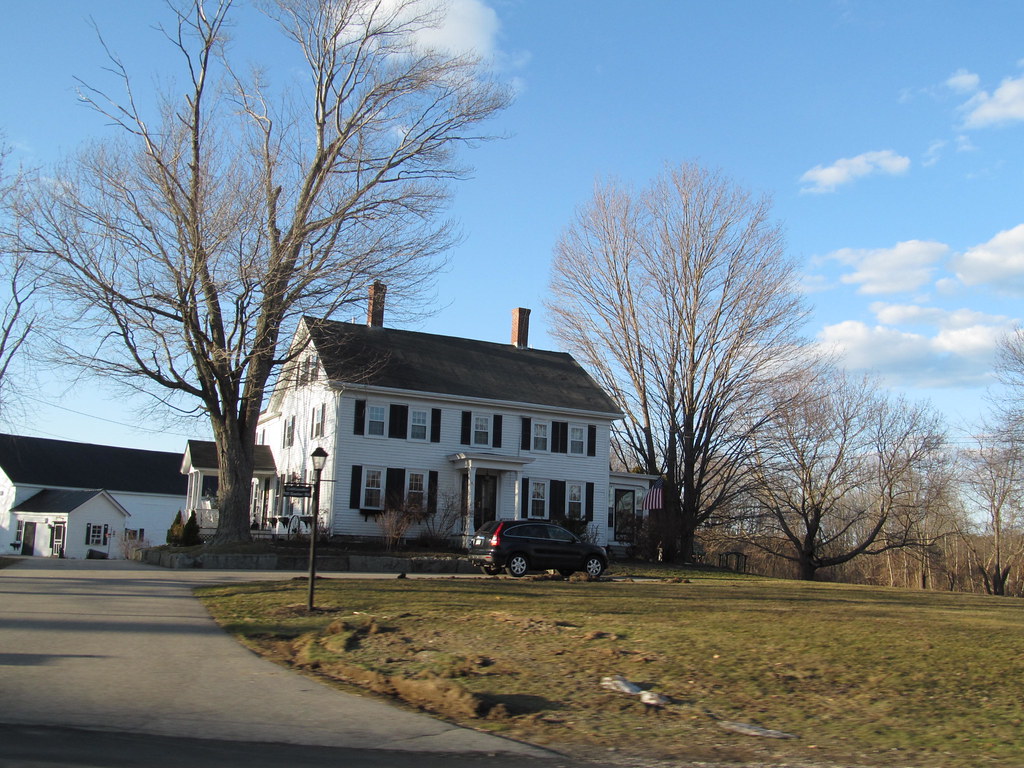
Hampton is a town located in Rockingham County, New Hampshire, with a population of 16,214 according to the 2020 census. The town is situated on the Atlantic Ocean coast and is home to Hampton Beach, a popular summer tourist destination. The beach offers visitors a wide range of activities, including swimming, sunbathing, and water sports.
The densely populated central part of the town, where 9,597 people resided at the 2020 census, is defined as the Hampton census-designated place (CDP) and centers on the intersection of U.S. 1 and NH 27. The CDP is home to many of the town’s major businesses and cultural institutions, including the Hampton School District and the Hampton Beach Casino Ballroom.
Hampton is also known for its fascinating heritage, with many historic buildings and landmarks still standing today. Overall, Hampton is a gorgeous town with a strong character, friendly locals, and plenty of natural beauty.
Milford
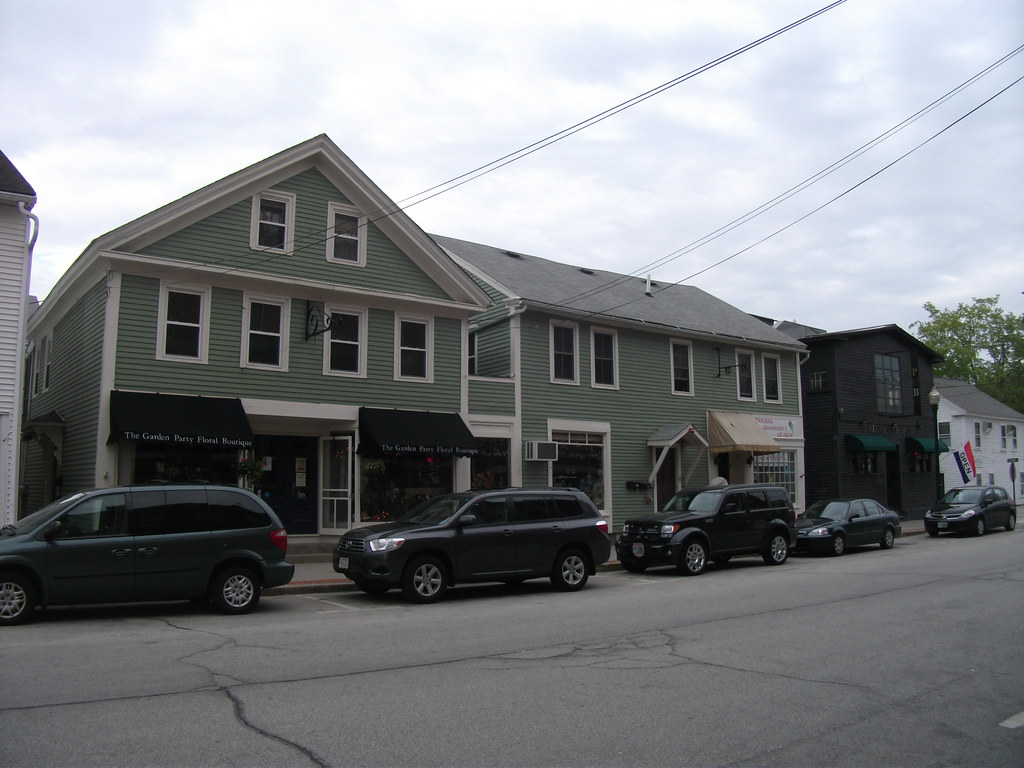
Milford is a town located in Hillsborough County, New Hampshire, with a population of 16,131 according to the 2020 census, up from 15,115 at the 2010 census. The town is situated on the Souhegan River and is the retail and manufacturing center of a multi-town area known informally as the Souhegan Valley. Milford has a deep history dating back to the 18th century, with many historic buildings and landmarks still standing today.
The town is also home to many cultural institutions, including the Milford Historical Society and the Milford Drive-In Theater, which bring dazzling energy to the community. The town center, where 9,212 people lived at the 2020 census, is defined as the Milford census-designated place (CDP) and is located at the junction of New Hampshire routes 13 and 101A.
The CDP is home to many of the town’s major businesses and cultural institutions, including the Milford School District and the Milford Oval Historic District. Overall, Milford is a characterful town with friendly locals and beautiful landscapes.
Exeter
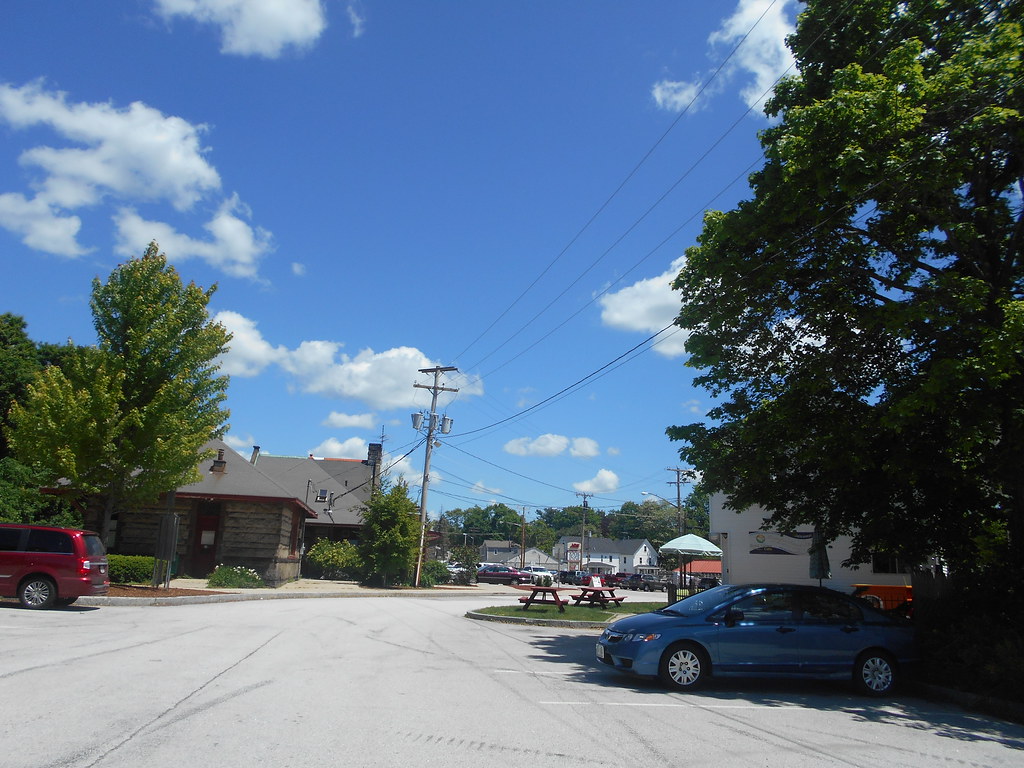
Exeter is a town located in Rockingham County, New Hampshire, with a population of 16,049 according to the 2020 census, up from 14,306 at the 2010 census. The town was the county seat until 1997 when county offices were moved to neighboring Brentwood. Exeter is home to Phillips Exeter Academy, a prestigious private university-preparatory school, which brings a vivacious energy to the community.
The town is situated where the Exeter River becomes the tidal Squamscott River, offering residents and visitors alike many opportunities for outdoor recreation. The urban center of town, where 10,109 people resided at the 2020 census, is defined by the U.S. Census Bureau as the Exeter census-designated place.
The CDP is home to many of the town’s major businesses and cultural institutions, including the Exeter Historical Society and the American Independence Museum. Overall, Exeter is a charming town with a strong sense of community and a commitment to preserving its natural beauty and rich history.
Windham

Windham is a suburban town located in Rockingham County, New Hampshire, with a population of 15,817 according to the 2020 census, up from 13,592 in 2010. The town is known for its pretty natural scenery, with many parks, trails, and outdoor recreational opportunities available for residents and visitors alike.
Windham is also home to many excellent restaurants, boutique shops, and other attractions that draw visitors from all over the region. The town has experienced significant growth in recent years, with many new businesses and residential developments springing up throughout the area.
Despite its growth, Windham has maintained a strong sense of community and a commitment to preserving its small-town character. Overall, Windham is a charming and friendly town with a thriving economy, making it a great place to live, work, and visit.
Lebanon

Lebanon is the only city located in Grafton County, New Hampshire, with a population of 14,282 according to the 2020 census, up from 13,151 at the 2010 census. The city is situated in western New Hampshire, south of Hanover, near the Connecticut River. Lebanon is home to Dartmouth-Hitchcock Medical Center and Dartmouth College’s Geisel School of Medicine, comprising the largest medical facility between Boston, Massachusetts, and Burlington, Vermont.
The city is a hub of healthcare, education, and research, attracting students, professionals, and researchers from all over the world. Together with Hanover, New Hampshire, and White River Junction, Vermont, Lebanon is at the center of a Micropolitan Statistical Area, encompassing nearly 30 towns along the upper Connecticut River valley.
The area is known for its geographic beauty, with many parks, trails, and outdoor recreational opportunities available for residents and visitors alike. Overall, Lebanon is a vibrant city driven by a commitment to innovation and progress in healthcare and education.
Hooksett
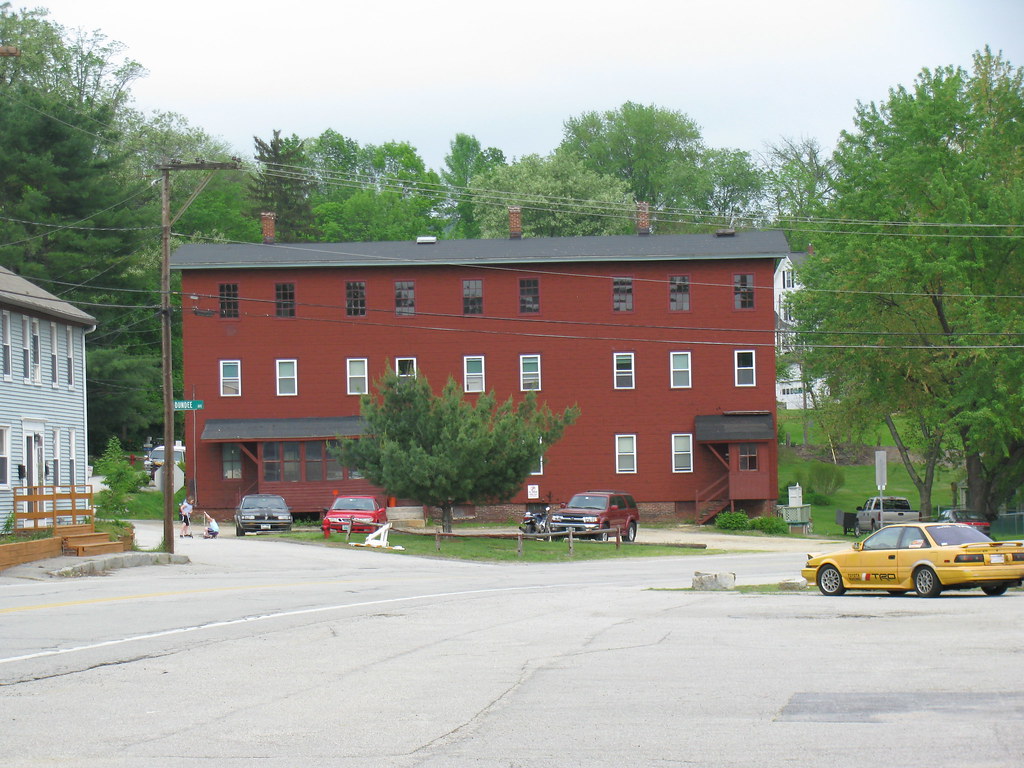
Hooksett is a town located in Merrimack County, New Hampshire, with a population of 14,871 according to the 2020 census, up from 13,451 at the 2010 census. The town is situated between Manchester, the state’s largest city, and Concord, the state capital, making it a convenient location for commuters.
Hooksett is home to many excellent schools, parks, and recreational facilities, as well as a vibrant downtown area with many shops, restaurants, and cultural institutions. A prominent landmark in the town is Robie’s Country Store, a National Historic Landmark and a frequent stop for presidential candidates during the New Hampshire primary.
The central village in town, where 5,283 people resided at the 2020 census, is defined as the Hooksett census-designated place and is located at a bridge crossing of the Merrimack River. The town also contains the census-designated place of South Hooksett.
Durham

Durham is a town located in Strafford County, New Hampshire, with a population of 15,490 according to the 2020 census, up from 14,638 at the 2010 census. The town is home to the University of New Hampshire, which dominates the town and brings a vibrant energy to the community.
The university is known for its excellent academic programs, research facilities, and athletic teams, attracting students, faculty, and visitors from all over the world. Durham is also home to many excellent restaurants, shops, and cultural institutions, making it a popular destination for residents and visitors alike.
The primary settlement in the town, where 11,147 people resided at the 2020 census, is defined by the U.S. Census Bureau as the Durham census-designated place (CDP) and includes the densely populated portion of the town centered on the intersection of New Hampshire Route 108 and Main Street.
The CDP is home to many of the town’s major businesses and cultural institutions, including the Durham Public Library and the Durham Historic Association. Overall, Durham is a wonderful town with a robust sense of community and a commitment to innovation and progress in education and research.
Pelham
Pelham is a town located in Hillsborough County, New Hampshire, with a population of 14,222 according to the 2020 census, up from 12,897 at the 2010 census. The town is known for its beautiful natural scenery, with many parks, trails, and outdoor recreational opportunities available for residents and visitors alike.
Pelham is also home to many excellent schools, shops, and restaurants, making it a popular destination for families and young professionals. The town has experienced significant growth in recent years, with many new businesses and residential developments springing up throughout the area.
Despite its growth, Pelham has maintained a strong sense of community and a commitment to preserving its small-town character. Overall, Pelham is a brilliant town with a bustling economy and a strong sense of togetherness, making it a great place to live, work, and visit.
Claremont
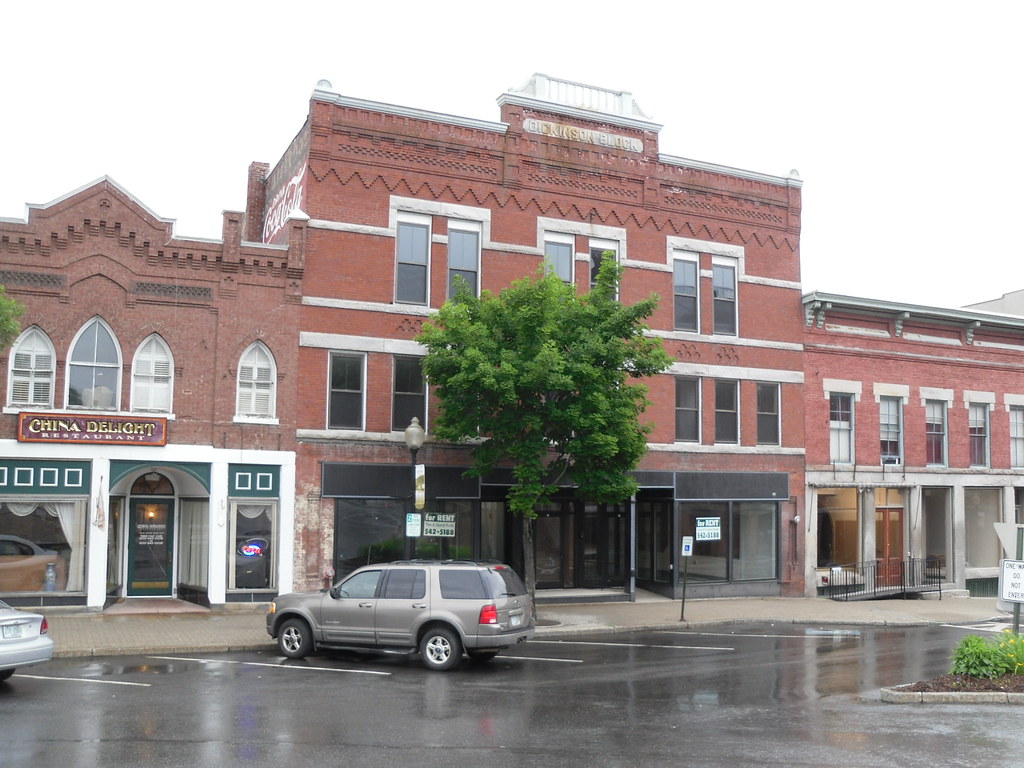
Claremont is the only city located in Sullivan County, New Hampshire, with a population of 12,949 according to the 2020 census. The city is known for its rich history and charming downtown area, which features many historic buildings, shops, and restaurants. Claremont is also home to many excellent schools and recreational facilities, as well as a thriving arts and culture scene.
The city has experienced significant growth in recent years, with many new businesses and residential developments springing up throughout the area. Despite its growth, Claremont has maintained a marvelous sense of community and a commitment to preserving its natural beauty and small-town character.
Somersworth
Somersworth is a city located in Strafford County, New Hampshire, with a population of 11,855 according to the 2020 census. Despite being the smallest area and having the third-lowest population of New Hampshire’s 13 cities, Somersworth is an energetic community with a strong sense of pride and history.
The city is known for its beautiful downtown area, which features many historic buildings, shops, and restaurants. Somersworth is also home to many excellent schools and recreational facilities, making it a popular destination for families and young professionals.
The city has a rich history, dating back to the 18th century, and is home to many cultural institutions and landmarks that attract visitors from all over the region. Somersworth’s beauty, charm, resonant history, and strong community spirit make it a fulfilling place to live or visit.
Amherst
Amherst is a town located in Hillsborough County, New Hampshire, with a population of 11,753 according to the 2020 census. The town is known for its beautiful natural scenery, with many parks, trails, and outdoor recreational opportunities available for residents and visitors alike.
Amherst is home to several natural areas, including Ponemah Bog Wildlife Sanctuary, Hodgman State Forest, the Joe English Reservation, and Baboosic Lake, which offer many opportunities for hiking, fishing, and other outdoor activities. The village of Amherst, where 697 people lived at the 2020 census, is defined as the Amherst census-designated place and is listed on the National Register of Historic Places as Amherst Village Historic District.
The village is home to many historic buildings, shops, and restaurants, making it a popular destination for tourists and residents alike. Overall, Amherst is a charming town with a strong sense of community and a commitment to preserving its natural beauty and small-town character.
Raymond
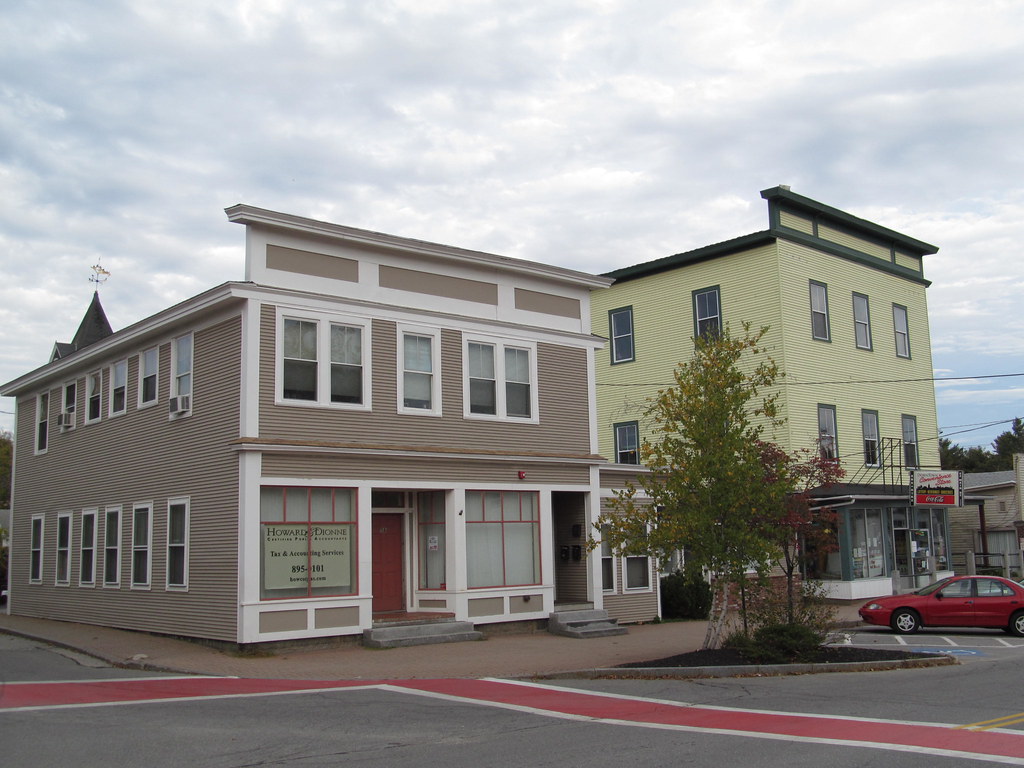
Raymond is a town located in Rockingham County, New Hampshire, with a population of 10,684 according to the 2020 census. The town is known for its amazing natural scenery, with part of Pawtuckaway State Park located in the north, offering many opportunities for outdoor activities such as hiking, camping, and fishing.
Raymond is also home to many excellent schools and recreational facilities, making it a popular destination for families and young professionals. The main village in town, where 3,738 people resided at the 2020 census, is defined as the Raymond census-designated place (CDP) and is located along the Lamprey River near New Hampshire Route 27.
The CDP is home to many of the town’s major businesses and cultural institutions, including the Raymond Historical Society and the Raymond Public Library. Overall, Raymond is a stunning town with an attractive character and heritage and great living standards.
Hanover

Hanover is a town located along the Connecticut River in Grafton County, New Hampshire, with a population of 11,870 according to the 2020 census. The town is known for its beautiful natural scenery, with many parks, trails, and outdoor recreational opportunities available for residents and visitors alike.
Hanover is home to several notable institutions, including the Ivy League university Dartmouth College, the U.S. Army Corps of Engineers Cold Regions Research and Engineering Laboratory, and Hanover High School. The town is also a popular destination for hikers, with the Appalachian Trail crossing the town and connecting with a number of trails and nature preserves.
Most of the population resides in the Hanover census-designated place (CDP), which is the main village of the town. The Hanover CDP is located at the junctions of New Hampshire routes 10, 10A, and 120 and recorded a population of 9,078 people at the 2020 census.
The town also contains the smaller villages of Etna and Hanover Center, each with its own distinctive character and attractions. Overall, Hanover is a charming town with a strong sense of community and a commitment to innovation and progress in education and research.
Conway

Conway is a town located in Carroll County, New Hampshire, with a population of 9,822 according to the 2020 census, down from 10,115 at the 2010 census. The town is the most populous community in the county and is situated on the southeastern edge of the White Mountain National Forest.
Conway is home to five villages, including Conway, North Conway, Center Conway, Redstone, and Kearsarge, as well as a portion of the village of Intervale, shared with the neighboring town of Bartlett. The town serves as the main economic and commercial hub for Carroll County, with tourism being the biggest economic engine.
Numerous lodging and rental properties serve visitors to the eastern White Mountains and the Mount Washington Valley, while the technology sector makes up the second largest source of employment. The town features several natural sites of interest, including Cathedral Ledge (popular with climbers), Echo Lake, and Conway Lake, as well as several nearby ski resorts.
The Conway Scenic Railroad provides day trips to various locations, and the village of North Conway features a popular outlet shopping district. Conway is a marvelous town with a bustling economy and a commitment to preserving its natural beauty and small-town atmosphere.
Berlin
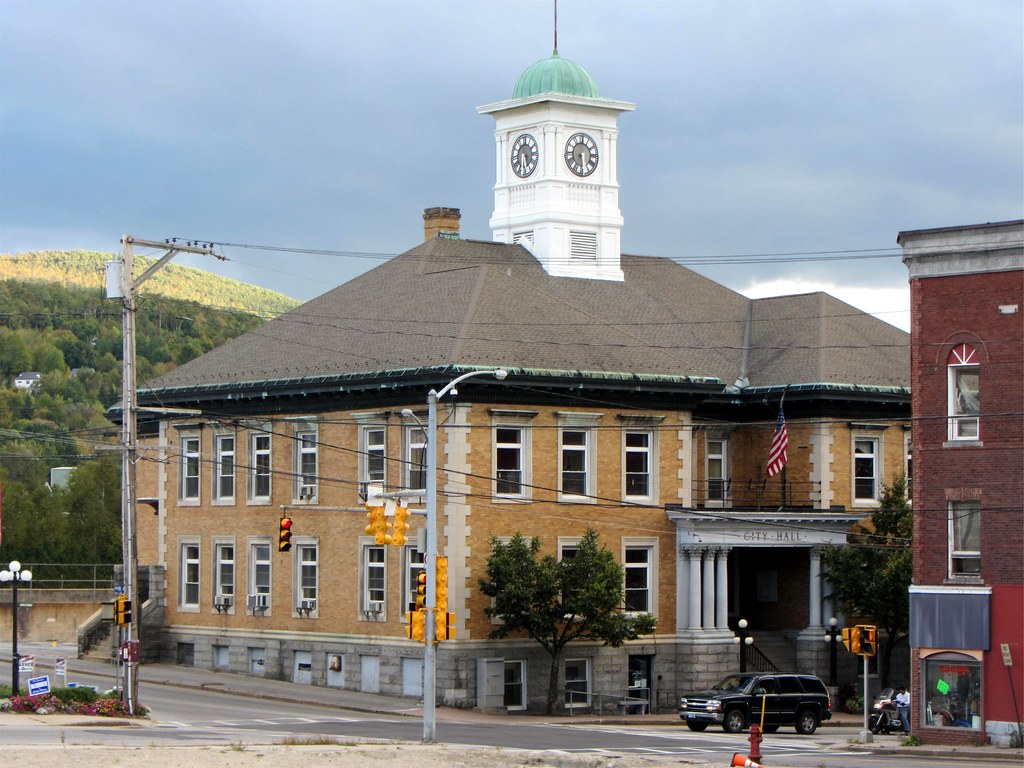
Berlin is a city located along the Androscoggin River in Coös County, New Hampshire, with a population of 9,425 according to the 2020 census, down from 10,051 at the 2010 census. The city is the northernmost in New Hampshire and the only city in Coös County. Berlin is situated in New Hampshire’s Great North Woods Region or “North Country” and sits at the edge of the White Mountains, with the city’s boundaries extending into the White Mountain National Forest.
Berlin is home to several cultural institutions, including the Berlin and Coos County Historical Society’s Moffett House Museum & Genealogy Center, Service Credit Union Heritage Park, the Berlin Fish Hatchery, and the White Mountains Community College. The city has a unique cultural heritage, with many residents of French Canadian descent and around 65% of its residents speaking a variant of New England French, known locally as “Berlin French”.
Berlin is the principal city of the Berlin Micropolitan Statistical Area, which includes all of Coos County, New Hampshire, and Essex County, Vermont. The pronunciation of Berlin was changed to BUR-lin, instead of Ber-LIN (as in Berlin, Germany), during World War I as a patriotic stand against Germany. Berlin is a distinctive and characterful city with a pleasing cultural heritage and a commitment to preserving its character and beauty.
Highways
Route 1
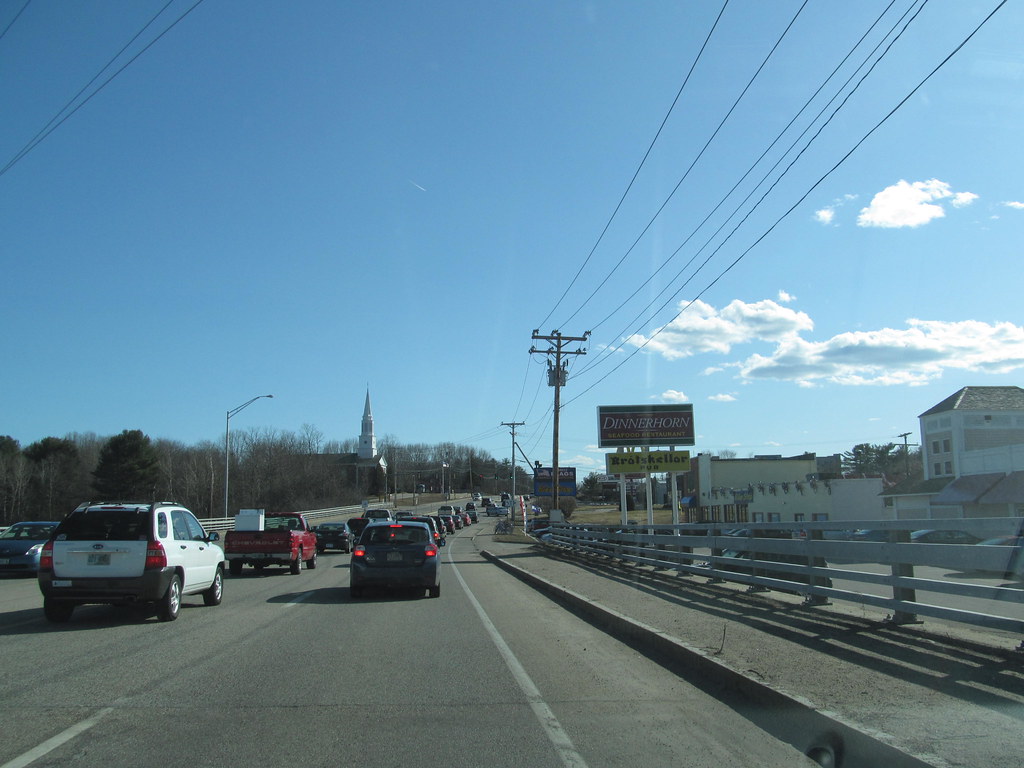
Route 1 in New Hampshire begins in Seabrook at the border with Salisbury, Massachusetts. The route closely parallels I-95 along Lafayette Road for the majority of its 17-mile (27 km) stretch in the state, passing through the towns of Hampton and North Hampton before entering Portsmouth.
In Portsmouth, the main route turns into downtown while US 1 Bypass (US 1 Byp.) travels toward I-95 and the Spaulding Turnpike made up of US 4 and NH 16 in the general direction toward Concord and the Lakes Region/White Mountains. US 1 Byp. terminates at US 1 in Kittery, Maine, at a rotary intersection with State Route 236 and I-95 with connections to the Maine Turnpike toward Portland.
US 1 travels down State Street going toward Maine and Market Street into Portsmouth. Overall, Route 1 is an important highway in New Hampshire, connecting the state to neighboring Massachusetts and Maine and serving as a major artery for commerce and tourism.
Route 2
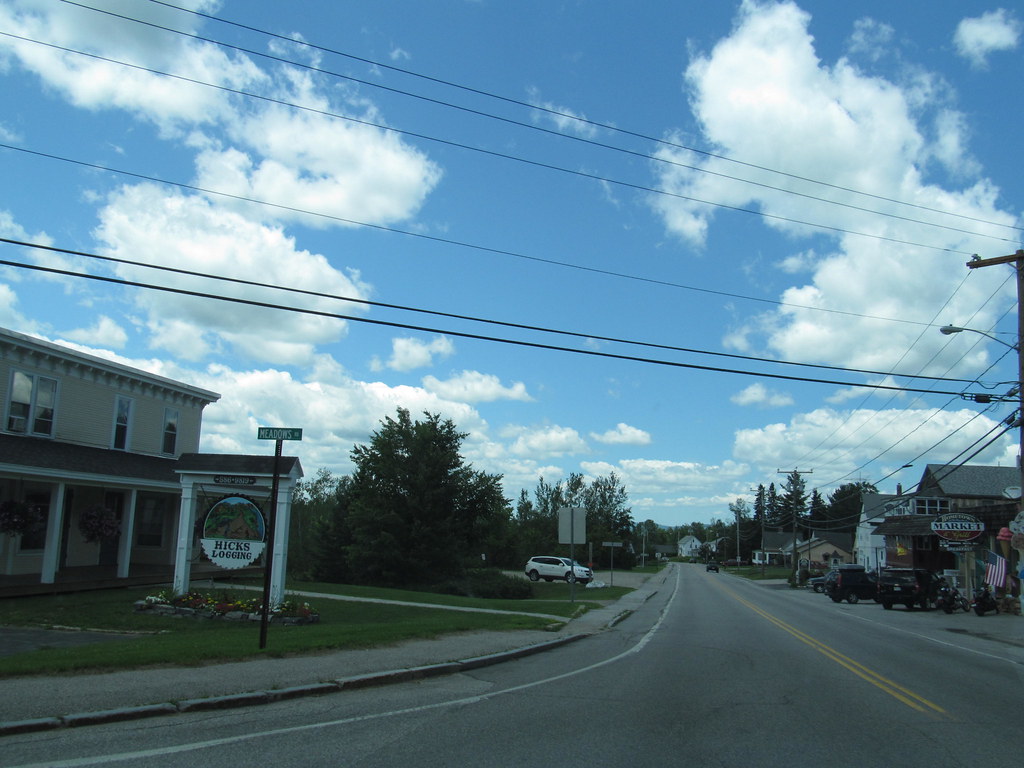
Route 2, also known as U.S. Route 2 (US 2), is a significant highway in New Hampshire. It is part of the United States Numbered Highway System that is split into two segments, one between Washington and Michigan and the other between New York and Maine.
In New Hampshire, US 2 runs 35.437 miles (57.030 km) from the Vermont state line at the Connecticut River in Lancaster east to the Maine state line in Shelburne. US 2 is the main highway through the White Mountains across southern Coös County, passing through the towns of Jefferson, Randolph, and Gorham.
The highway is the primary connection between the Coös county seat of Lancaster, where it intersects US 3, and the county’s largest city, Berlin, via its connection with New Hampshire Route 16 (NH 16) in Gorham. Overall, Route 2 is a key transportation artery in northern New Hampshire, connecting the state to neighboring Vermont and Maine and providing access to the scenic White Mountains region.
Route 3

Route 3, also known as U.S. Route 3 (US 3), is a significant highway in New Hampshire. It passes through most of the state’s major cities and towns and is the only highway to extend from the Massachusetts state border in the south to the Canada–United States border in the north.
Running for 242 miles (389 km) in New Hampshire, US 3 is by far the longest signed highway in the state. For much of its routing, US 3 closely parallels I-93, serving as a local route to the freeway. The highway passes through many towns and cities, including Nashua, Manchester, Concord, Tilton, Laconia, Meredith, Plymouth, Franconia Notch State Park, Whitefield, Lancaster, and Colebrook.
Overall, Route 3 is an important transportation channel in New Hampshire, connecting the state to neighboring Massachusetts and Vermont in the south and Canada in the north, and providing access to many of the state’s major attractions, including the White Mountains, Franconia Notch State Park, and Lake Winnipesaukee.
Route 4
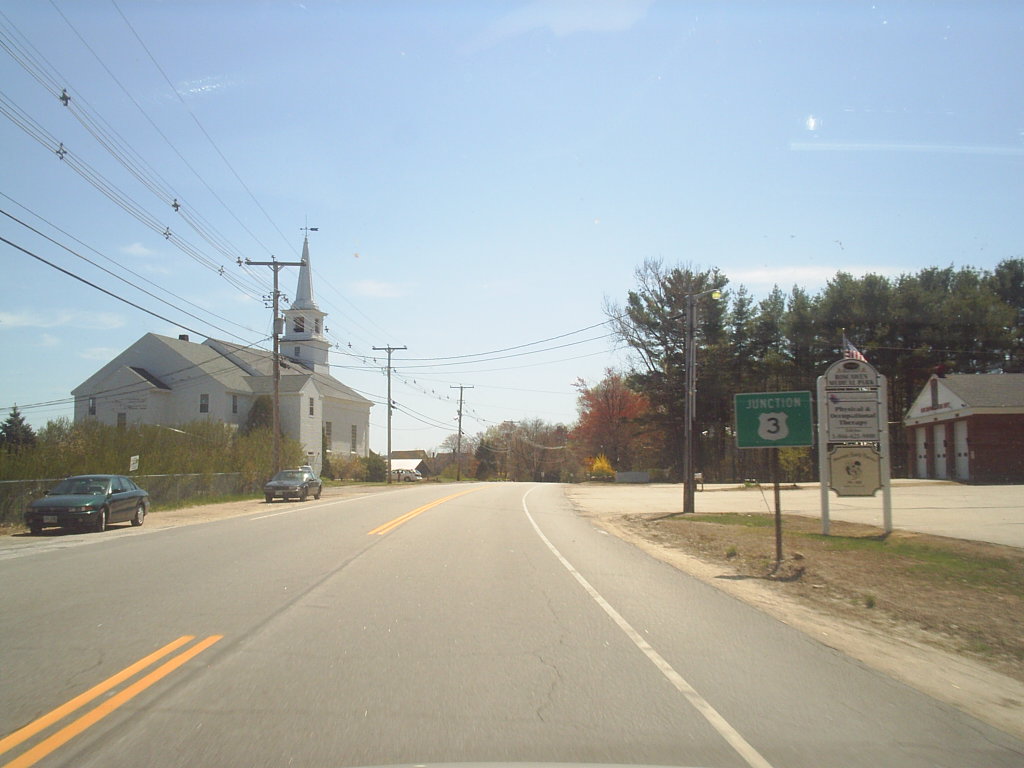
Route 4, also known as U.S. Route 4 (US4), is a major highway in New Hampshire that runs from the Vermont state line in the west to the Maine state line in the east. US 4 crosses the Connecticut River into New Hampshire in the community of West Lebanon, where it immediately intersects New Hampshire Route 10 (NH 10) which runs parallel to the river.
US 4 turns south onto NH 10, and the two routes turn south, meeting NH 12A before turning toward and interchanging with Interstate 89 (I-89). The highway passes through many towns and cities, including Lebanon, Enfield, Canaan, Danbury, Andover, Boscawen, Concord, Epsom, Northwood, Lee, Dover, Newington, and Portsmouth.
Overall, Route 4 is a principal transportation artery in New Hampshire, connecting the state to neighboring Vermont and Maine, and providing access to many of the state’s major attractions, including the University of New Hampshire, the White Mountains, and the Seacoast.
Route 202

Route 202, also known as U.S. Route 202 (US 202), is a major highway in New Hampshire that runs from the Massachusetts state line in the south to the Maine state line in the east. US 202 is posted as an east-west highway in New Hampshire, and it remains a two-lane highway for most of its length in the Granite State.
The highway passes through many towns and cities, including Rindge, Jaffrey, Peterborough, Hillsborough, Henniker, Concord, Chichester, Northwood, and Rochester. The span of the road between Hillsborough and Hopkinton is among the most deadly sections of roadway in the state. At Concord, US 202 heads north and picks up a concurrency with US 3 for a short time, and then turns eastward again along Interstate 393, a freeway spur that also carries US 4.
At Northwood, US 202 and NH 9 leave US 4, and NH 9 splits off a few miles later, leaving US 202 to continue alone toward Rochester. The road jumps up onto the Spaulding Turnpike (NH 16) for a short, non-tolled distance before leaving the turnpike two miles before the state line at East Rochester.
Route 302
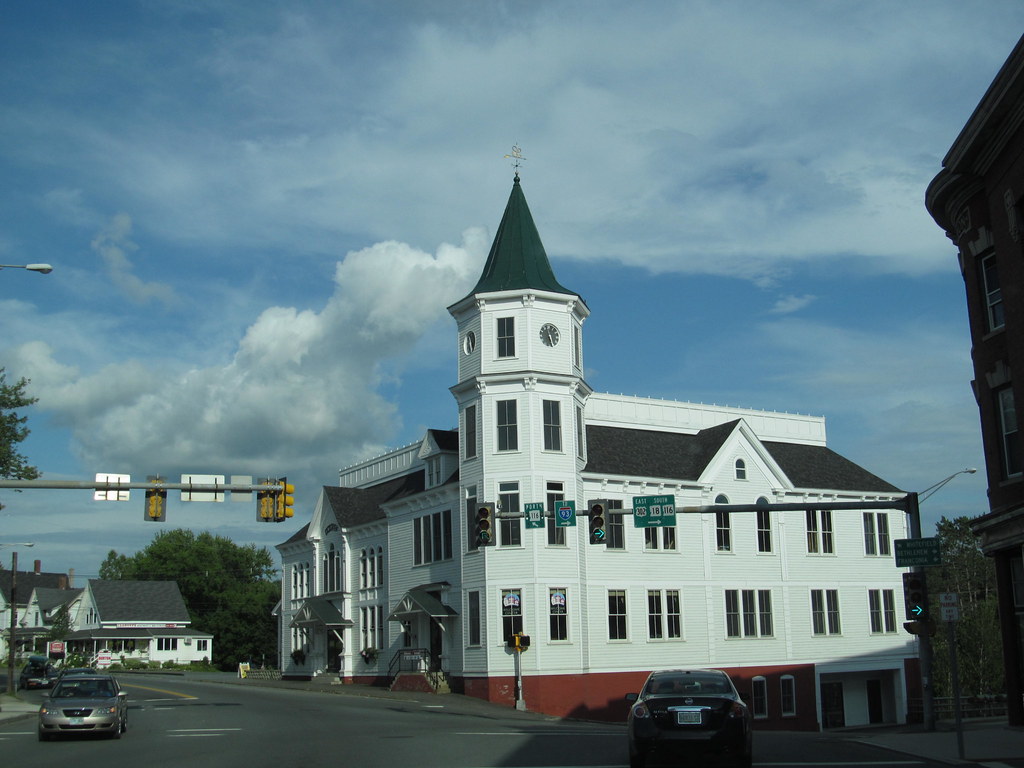
Route 302, also known as U.S. Route 302 (US 302), is a major highway in New Hampshire that runs from the Vermont state line in the west to the Maine state line in the east. US 302 enters the state of New Hampshire at a two-lane arch bridge over the Connecticut River beginning in Wells River, Vermont. It follows Central Street on a two-lane alignment, passing through Woodsville until it reaches NH 10 (Dartmouth College Highway), where it turns eastward.
The highway follows the Ammonoosuc River through a mix of fields and forested land, passing through Bath, Lisbon, and Littleton. After passing through Crawford Notch State Park, US 302 turns southward and enters North Conway. The route follows Eastman Road south of North Conway, which it follows to its end at NH 113 (Main Street) after bridging the Saco River once again.
US 302 turns east, passing through more forested land as it crosses the Maine state border, bound for Fryeburg. Overall, Route 302 is a chief transportation artery in New Hampshire, providing access to many of the state’s major attractions, including the White Mountains, Crawford Notch State Park, and the town of North Conway.
Interstates
Interstate 89

Interstate 89 (I-89) is a major freeway corridor through the western part of New Hampshire, running for about 61 miles (98 km) in the state. Despite being signed as a north-south freeway, its first eight miles (13 km) actually run east-west before shifting to the northwest. The two major population centers along I-89’s length in New Hampshire are Concord, at its southern terminus, and Lebanon, on the Vermont state line.
The highway passes through several towns and cities, including Bow, Hopkinton, Grantham, New London, and Warner. Exits 15 and 16 were built to access portions of the town of Enfield that were otherwise cut off by the new highway. The highway continues northwest, passing through Lebanon, in which the Dartmouth–Hitchcock Medical Center is located.
US 4 parallels I-89 through Lebanon. The final exit in New Hampshire is exit 20, providing access to West Lebanon’s large retail district along NH 12A. Just after this interchange, the highway crosses the Connecticut River and enters Vermont, where it remains for the rest of its run northwest to the Canada-United States border.
Interstate 93
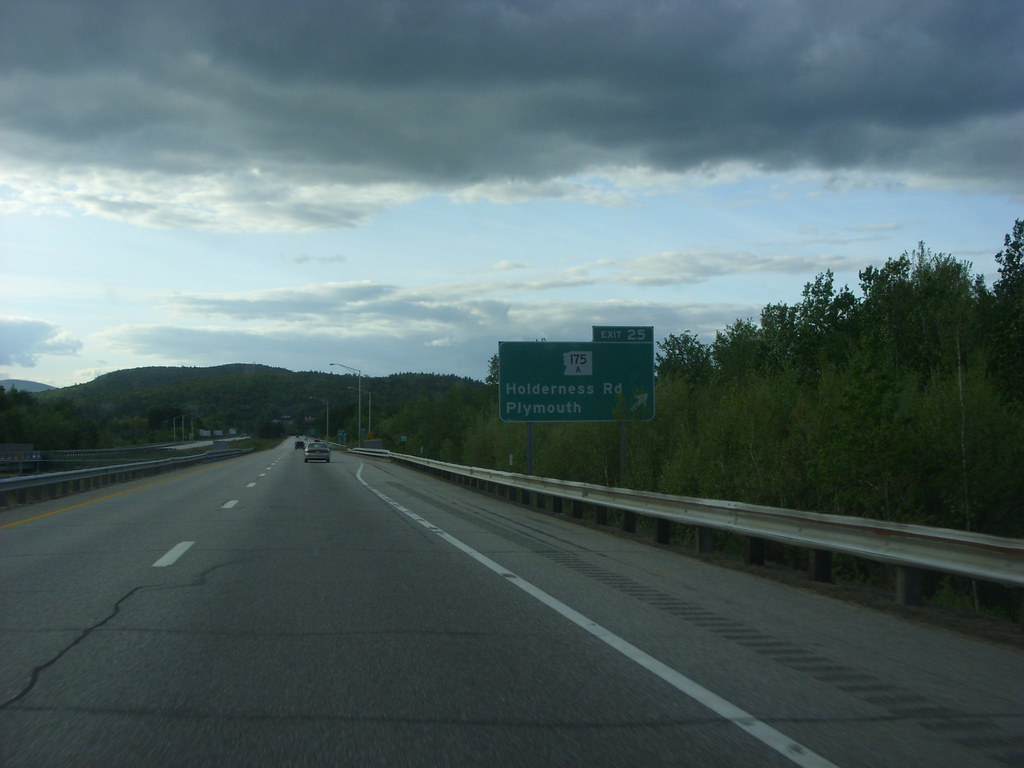
Interstate 93 (I-93) is the main Interstate route in New Hampshire, connecting the state capital, Concord, and its largest city, Manchester. It travels just over 131 miles (211 km) in the Granite State, about two-thirds of the highway’s total distance. Beyond Concord are the towns of Tilton, Plymouth, and Littleton.
I-93 is designated as the Alan B. Shepard Highway from the Massachusetts line to Hooksett, as the Everett Turnpike from Hooksett to Concord, and as the Styles Bridges Highway from Concord to the Vermont line. I-93 in New Hampshire is also notable for having state liquor stores serve as rest areas, which are passed just after the toll plaza, traveling north.
The highway passes through Franconia Notch State Park as a super-two parkway with a 45-mile-per-hour speed limit, designed to reduce I-93’s impact on the area. Beyond Franconia Notch, I-93 runs to the northwest and passes through Littleton before crossing the Connecticut River into Vermont.
Interstate 95

Interstate 95 (I-95) is a toll road named the Blue Star Turnpike or New Hampshire Turnpike within the state of New Hampshire, serving the Seacoast Region. It is part of an Interstate Highway on the east coast of the United States, connecting Florida to Maine. The 16-mile (26 km) turnpike is maintained by the New Hampshire Department of Transportation (NHDOT) Bureau of Turnpikes and has a single toll plaza near Hampton.
The Blue Star Turnpike begins near the Massachusetts state line in the town of Seabrook and travels north through Hampton and its neighboring municipalities. It then continues around Portsmouth and crosses the Piscataqua River Bridge at the Maine state line, where it becomes the Maine Turnpike.
The highway is the main thoroughfare between urban areas in Massachusetts and points in Maine and is the shortest of any state that the Interstate passes through. Construction of the turnpike began in 1948, and it opened to traffic on June 24, 1950, later being designated as part of I-95 in 1957.

